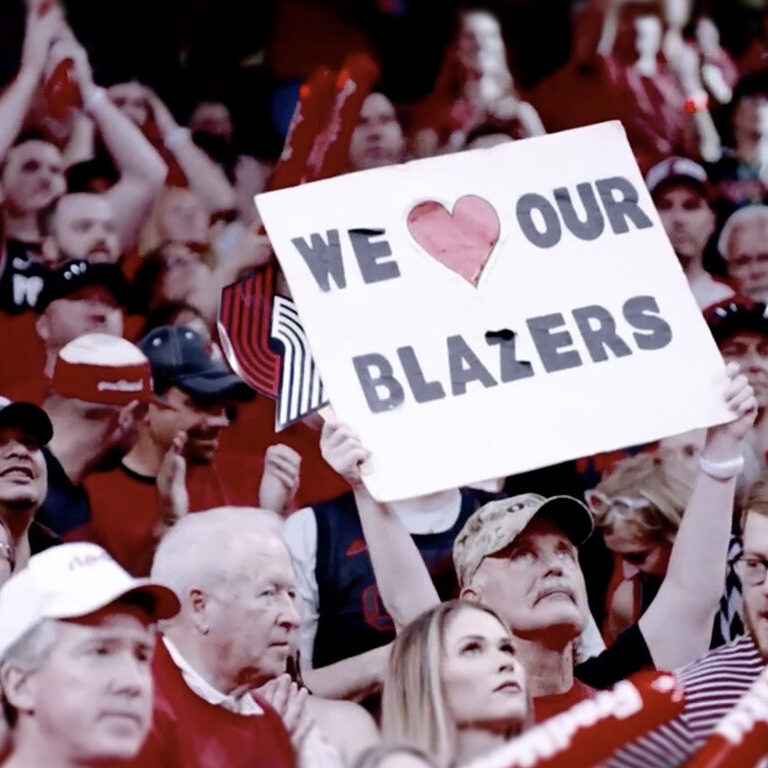I’ve been asked a few times what the difference is between the first and second edition of Winning with Data but the number one question I’m asked is, “is it worth me reading the second edition if I’ve read the first?
Before I started writing this second edition, I did a lot of research on what you should do to differentiate the editions. The advice ranged from “change the cover“ (tick) and “ensure you get a new ISBN” (hmmmm…..that’s my publisher’s role), to ensure there’s a “substantial change” and a “material improvement”.
The challenge for me was there’s no definition for substantial – it’s entirely subjective – ditto material. So, I had to ask myself, what would provide value to the industry and its readers? What’s changed significantly since the first edition that would justify a second investment – whether that’s someone’s investment in their time, or the £30 cover price?
So, here’s my answer – five ways in which the new book is different to the first and definitely worth your investment in time or money.
1) I focus on three key developments in the industry.
– New technologies that are continuously being developed, the data they generate, and the supporting processes we need to have in place to use them.
– New understanding of how to apply that technology. Despite the EU documenting a significant skills shortage in the use of data, as an industry, we are growing in our knowledge and experience in the use of this new technology.
– The new laws informing and controlling the way we collect, store, and use data; and the sports industry’s response to tighter legislation introduced primarily though the GDPR. Yes, that’s right, we must talk about the GDPR. Edition one of the book hit the shelves two months after the GDPR came into force, but I finished writing it two months before it became law.
2) I’ve got some great new case studies.
Thanks to the generosity of rights owners around the world, you’ll read new case studies about the
ICC Cricket World Cup, AS Roma, INEOS Grenadiers, Portland Trail Blazers, Lincoln City FC, and the LA Kings. The popular Arsenal and MLS case studies have been updated to reflect changes in their organisations, with UEFA’s seminal sponsorship case study and the San Antonio Spurs’ detailed tech stack case study remaining untouched. (Note: All case studies from the first edition are available via download.)
3) It’s bigger, so there’s an increase in quantity as well as quality!
The word count has gone from 82,000 to 92,000 so that’s 10,000 more words. And 30% of the original 82,000 words have been changed.
That means anyone who read the first edition will read 36,000 new words in the second.
4) We’re in the middle of a global pandemic.
While there are, and will be many more, books written about the Coronavirus, images of empty stadiums will remain an ingrained memory for many of us. So, I look at the multiple ways the industry has been impacted by the pandemic and the role of data in that discussion.
My two favourite examples of this are:
– Mic Conetta from Arsenal who says: “What we’re finding now is that our fans are craving contact from us so our task is creating and maintaining that in a world where, the natural thing they want to do – come together and cheer for their team – they can’t do that physically. We have to create that environment for them virtually.’
– Aaron LeValley of the LA Kings who says: “A lot of the customer data models that we created pre-COVID-19 may be irrelevant when we do come out of lockdown. I think about a friend of mine who was furloughed but wasn’t part of the [US government’s] stimulus package because he made too much money last year. That’s where I think the challenge will be – we have a lot of the data that says ‘this person can definitely buy, or this person bought in the past’ but we don’t know where their life’s at now because of COVID-19.”
Both touch on two key areas: the need to improve digital engagement, and the re-assessment of our pre-Covid analysis and data modelling.
5) I’m really proud of it!


Ok, so this might be strange to those of you who don’t know what imposter syndrome is – or know what it is and have fortunately never experienced it – but here’s the thing; as much as I really wanted to write the first edition, to make it easier for people to understand a field that I found tough to understand when I first moved into it, I had this awful feeling that once it hit the shelves and made it into people’s hands, they’d realise I’m a fraud, that I didn’t really understand data and certainly didn’t know enough to write a book!
I remember being incredulous after submitting my finished document to Routledge that they still wanted to publish it, as opposed to invoking their “right to withdraw” clause. I remember thinking as the reviews started coming in, that people hadn’t really read it, they were just saying things they wanted me to hear as opposed to what they really thought. Even when the esteemed Karen Earl responded that she’d found the content fascinating and had spent longer than she’d anticipated “reading every word”, I was still a little convinced that she might have been reading something else.
But, two years after Winning with Data was published, with universities listing it as required or recommended reading, industry executives praising its simplicity of language, and newbies thanking me for proving such an extensive primer, I believed that yes, it was a good book – and most importantly, it delivered on its purpose: to provide a comprehensive overview of the way we use data to increase revenue, engagement, and participation.
This realisation then led to a discussion with Routledge who gave me the opportunity to update it – to amend the typos (yes, despite going through umpteen rounds of proofreading spelling and grammar mistakes were still missed), to provide more anecdotes, update the use cases and case studies, and introduce the new discussion areas highlighted at the start of this post.
So here we are, three years after the first edition hit the shelves, the second edition is also available. With a new cover and a new ISBN!
If you’d like to discuss Winning with Data in more detail with me, please get in touch – I’d love to hear from you.





